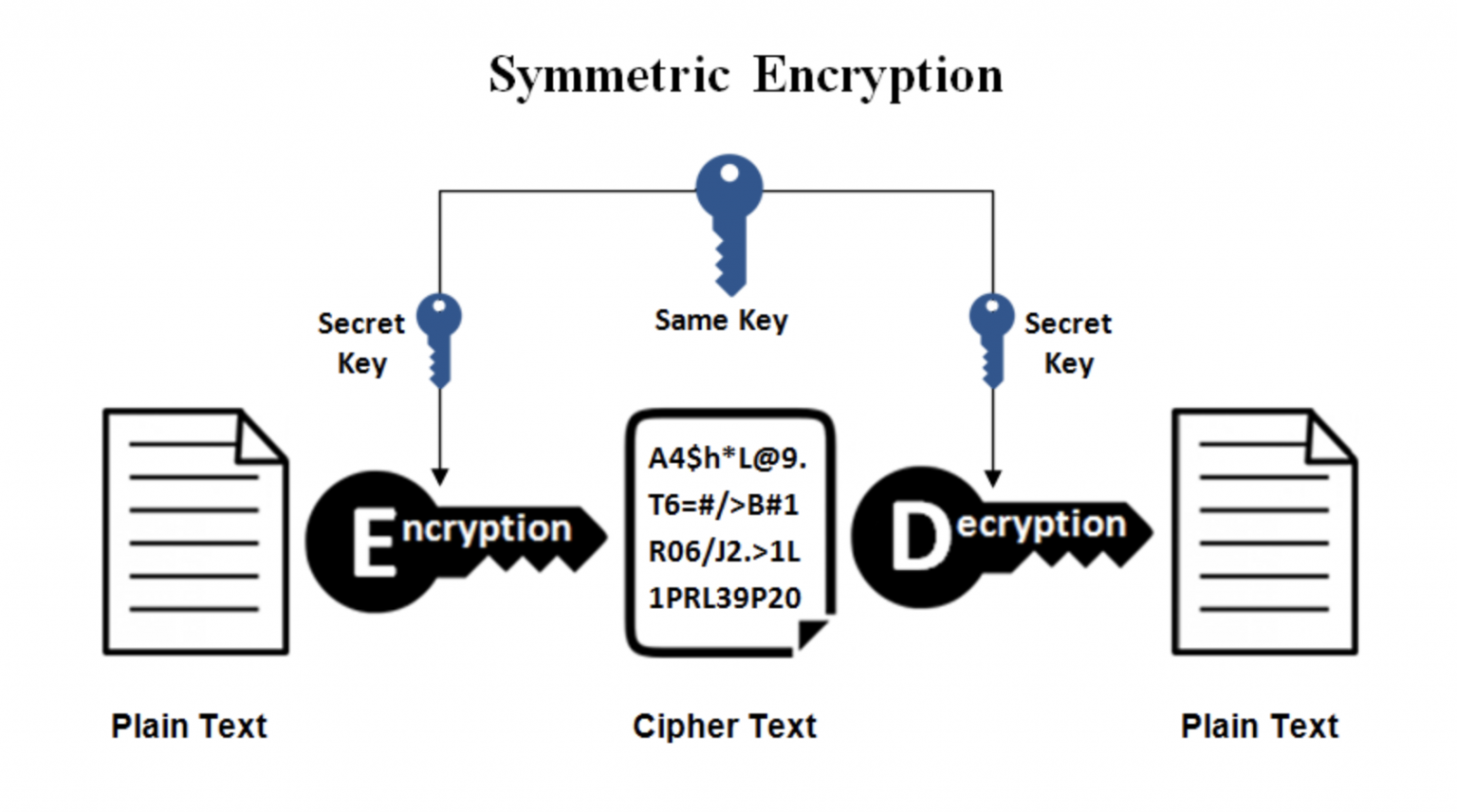In the intricate world of cryptographic protocols, the presence and recognition of keytags is pivotal. These seemingly innocuous identifiers serve a definitive role in securing communication and ensuring data integrity. But, how can one detect and acknowledge these keytags in the vast expanse of cryptographic interactions? This article navigates the complexities of keytags and elucidates their significance within various cryptographic frameworks.
First, let’s frame the concept of a keytag. What exactly is a keytag? At its core, a keytag can be understood as a reference point or identifier that is used to link a particular cryptographic key to its associated resources or operations. They are essential for managing keys effectively, especially in systems that employ a significant number of keys for different encryption processes. Have you ever considered how data security hinges on the secure management of these key identifiers? The challenge lies in discerning these tags, especially when many cryptographic systems obscure their visibility.
To embark on the journey toward recognizing keytags, one must first understand the layers of the cryptographic protocol stack. Cryptographic protocols function in a multi-layered manner, including key exchange protocols, authentication protocols, and encryption standards. Each of these layers may employ keytags differently. For instance, in a Transport Layer Security (TLS) handshake, keytags facilitate the identification of session keys, thereby tying specific sessions to their respective data streams.
Moreover, encountering various cryptographic protocols—such as AES, RSA, or ECC—means facing different methodologies for keytag management. Related to this, one must differentiate between ephemeral keys (which are short-lived and often tied to a specific session) and persistent keys (which remain relevant across multiple sessions). Recognizing how keytags interact with these keys is fundamental for both software developers and security analysts.
In practice, keytags can be represented visually or through encoded values within the data structures of cryptographic messages. For instance, a keytag might be embedded as metadata in a digital certificate or encoded within a packet of data exchanged during the key exchange process. One might ask: how do we delineate these tags from the avalanche of other data in transit? A precise understanding of the protocol’s structure is essential. By meticulously analyzing packet captures or logs generated during cryptographic communications, professionals can often uncover the operational roles of keytags.
Another aspect of recognizing keytags is through the documentation and standards associated with various cryptographic protocols. Standards like those established by the Internet Engineering Task Force (IETF) or the International Organization for Standardization (ISO) provide detailed specifications for key management practices, including keytag usage. Having access to this information offers a roadmap to understanding the intricacies of any given protocol. However, the layers of complexity can sometimes conceal the simplicity of identifying keytags amidst voluminous information.
When delving deeper, one must consider the implementation of keytags within specific algorithms. For example, in symmetric key algorithms, the keytag’s role is often straightforward. It acts as an identifier that links the encryption key to its corresponding decryption key. In contrast, public-key infrastructures (PKI) complicate the equation. Here, keytags may correlate to certificates that bind public keys to identities. Effectively recognizing these tags calls for a robust grasp of both theoretical principles and practical capabilities.
Physical security also poses another layer of challenge. Keytags are often associated with hardware security modules (HSMs) or trusted platform modules (TPMs), where they form part of a larger security architecture. Identifying keytags in such setups entails scrutinizing not just the software but also the hardware mechanism through which keys are managed and authenticated. One might wonder, how far are you willing to go in your quest to unearth these keytags? It requires both technical acumen and analytical minds capable of holistic system evaluation.
In conclusion, recognizing keytags within cryptographic protocols can indeed seem a formidable challenge. Yet, the rewards of mastering this skill are immense—heightened security, improved data integrity, and an overall enhanced understanding of cryptographic systems. By understanding the nuances of keytag implementations across different protocols, engaging with the relevant standards, and employing analytical tools, one can become adept at navigating these cryptoglyphs with confidence.
As cryptographic practices evolve in response to new security threats and technological advancements, the role of keytags will undoubtedly adapt as well. It is of paramount importance to stay informed about emerging trends and practices in key management. After all, in the pursuit of security, vigilance is key. So, can you spot the keytag in your next cryptographic endeavor?








Leave a Comment